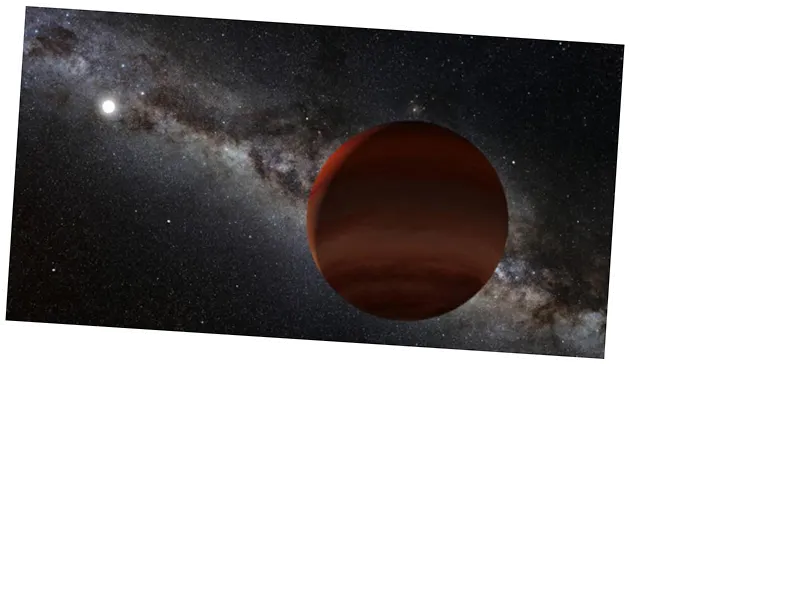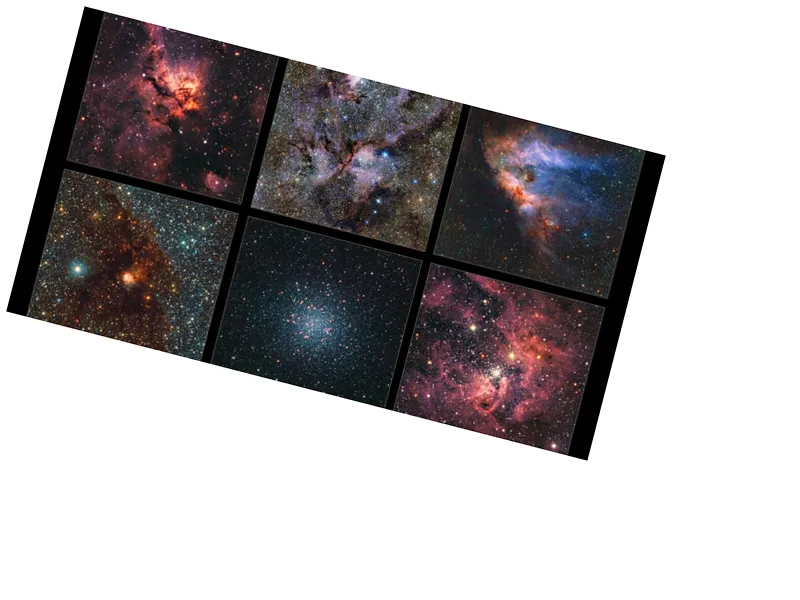Discovery of Seawise G1249: A Cosmic Phenomenon
Citizen scientists have made a groundbreaking discovery with the identification of an object, dubbed Seawise G1249, that is traveling at an astonishing speed of 1.5 million kilometers per hour. This velocity is so extreme that it allows the object to escape the gravitational pull of the Milky Way Galaxy, propelling it into intergalactic space. The detection was facilitated by amateur astronomers participating in NASA's Backyard Worlds: Planet 9 project, which utilizes data from the WISE mission to explore the cosmos.
The Nature and Composition of Seawise G1249
While the exact nature of Seawise G1249 remains unclear, scientists speculate that it could either be a low-mass star or a brown dwarf, an entity that exists between a star and a gas giant like Jupiter. Notably, this object exhibits a significantly lower concentration of iron and metals compared to known stars, hinting at its ancient origins, possibly dating back to the early generations of stars formed billions of years ago. This discovery has led to citizen scientists being recognized as co-authors in a study published in the Astrophysical Journal Letters.
Theories Behind Its Speed and Ejection
Researchers are actively investigating the reasons behind Seawise G1249's extraordinary speed. One prevailing theory suggests that it was once part of a binary star system. Following the explosion of one star as a supernova, the resultant pressure wave could have catapulted Seawise G1249 into space. Alternatively, it may have originated from a globular cluster, where interactions with two orbiting black holes could have propelled it out of the cluster, allowing it to escape the Milky Way entirely. This cosmic journey of Seawise G1249 raises intriguing questions about the dynamics of star systems and the fate of celestial bodies in our universe.






